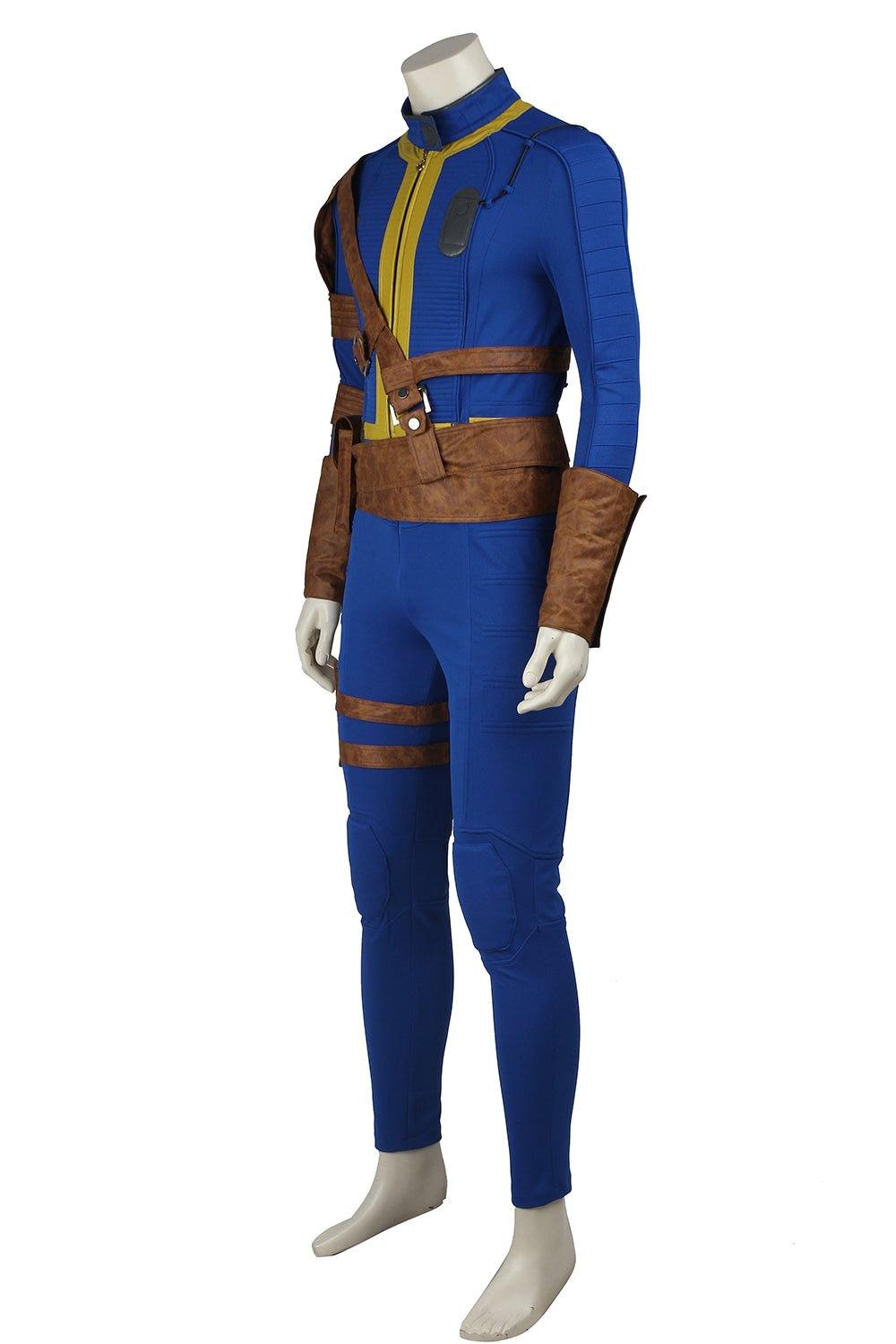How to Make a Cosplay Sword: A Comprehensive Guide
Creating a cosplay sword can be a rewarding and creative process, allowing you to bring your favorite characters to life. This guide will provide detailed steps and tips on how to make a high-quality cosplay sword using EVA foam, a popular material among cosplayers for its versatility and ease of use.
Materials and Tools Needed
Before diving into the steps, gather the following materials and tools:
-
EVA Foam: 3mm thickness is recommended.
-
Craft Plastic Sheet: At least 1mm thick for added stability.
-
Cutting Mat: A large self-healing mat (24”x36”) is ideal.
-
Craft Knife and Snap Blade Utility Knife: Ensure blades are sharp.
-
Ruler and Scissors: For precise measurements and cuts.
-
Glue: Suitable for EVA foam.
-
Paint: Acrylic or other suitable types.
-
Water-Based Sealer: For sealing the foam.
-
Paint Brushes: Various sizes for detailing.
-
Tape: Optional, for holding pieces together temporarily.
-
PVC Pipe or Cardboard Core: For the sword’s grip.
-
Sandpaper or Sanding Tool: For smoothing edges.
-
Tracing Paper: For transferring designs.
Step-by-Step Instructions
Step 1: Planning and Design
-
Determine the Sword Length: Decide on the length of your sword based on the character you are cosplaying. Standard lengths range from 24 to 36 inches.
-
Draw the Sword Outline: Use tracing paper to sketch the sword design. You can find templates online or draw freehand. Ensure the design includes the blade, cross-guard, hilt, and pommel.
Step 2: Cutting the Foam
-
Rough Cut the Foam: Cut two pieces of EVA foam larger than your sword design. This will allow for adjustments and beveling.
-
Transfer the Design: Place the tracing paper on the foam and trace the outline with a pencil. Use a ruler for straight lines and ensure the design is clear.
-
Cut the Blade Shape: Use a sharp craft knife or snap blade utility knife to cut out the blade shape from the foam. Make sure to cut slowly and steadily to avoid jagged edges.
Step 3: Reinforcing the Blade
-
Add Stability: Glue a narrow strip of craft plastic between the two foam pieces. This will help stabilize the blade and prevent it from bending.
-
Glue the Foam Pieces Together: Apply glue to the entire surface of one foam piece and press the other piece on top. Ensure even coverage and let it dry completely.
Step 4: Shaping and Detailing
-
Bevel the Edges: Use a utility knife or electric sanding tool to bevel the edges of the blade. This will give it a more realistic, sharp appearance.
-
Add Battle Scuffs: Create scuffs and nicks using a utility blade, burnishing tool, or awl. This adds character and a battle-worn look to the sword.
Step 5: Sealing and Painting
-
Seal the Foam: Apply a water-based sealer to the entire surface of the foam blade. Multiple coats may be necessary for a smooth finish. Let each coat dry before applying the next.
-
Paint the Sword: Once the sealer is dry, paint the sword using acrylic or other suitable paints. Metallic paints can give the blade a realistic metal look. Paint the hilt, cross-guard, and pommel in appropriate colors.
Step 6: Creating the Grip
-
Prepare the Core: Use a PVC pipe or cardboard core for the grip. The diameter should be comfortable to hold, typically around 1 inch.
-
Attach the Grip: Insert the core into the base of the blade and secure it with glue. Ensure it is centered and straight.
-
Wrap the Grip: For added detail, wrap the grip with fabric, leather, or foam strips. This can enhance the appearance and provide a better grip.
Step 7: Final Assembly
-
Attach the Cross-Guard and Pommel: Cut additional foam pieces for the cross-guard and pommel. Glue them in place and ensure they are securely attached.
-
Final Touches: Add any final details, such as additional paint layers, weathering effects, or decorative elements.
Tips and Tricks
-
Practice Makes Perfect: If you are new to foam crafting, practice on smaller pieces before working on your sword.
-
Safety First: Always use a cutting mat to protect your workspace and keep your fingers away from the blades.
-
Take Your Time: Rushing can lead to mistakes. Allow adequate drying time for glue and paint.
-
Use References: Look at images of the sword you are replicating to ensure accuracy in your design and details.
Resources and Inspiration
For additional tips, tutorials, and inspiration, consider exploring the following resources:
-
CrazyCosplay.com: Offers a range of cosplay tutorials and inspiration, including prop weapons and costume ideas.
-
Excel Blades: Provides detailed guides and high-quality tools for crafting cosplay swords.
-
Foam by Mail: Shares step-by-step instructions and tips for working with foam to create cosplay props.
-
YouTube Tutorials: Channels like Jack's Cosplay offer visual guides and tips for making EVA foam swords.
Conclusion
Creating a cosplay sword is a fun and rewarding project that allows you to showcase your creativity and craftsmanship. By following these detailed steps and utilizing the recommended materials and tools, you can create a high-quality, realistic sword that will enhance your cosplay experience. Whether you are a beginner or an experienced cosplayer, this guide provides the foundation you need to bring your favorite characters to life with a custom-made cosplay sword.







